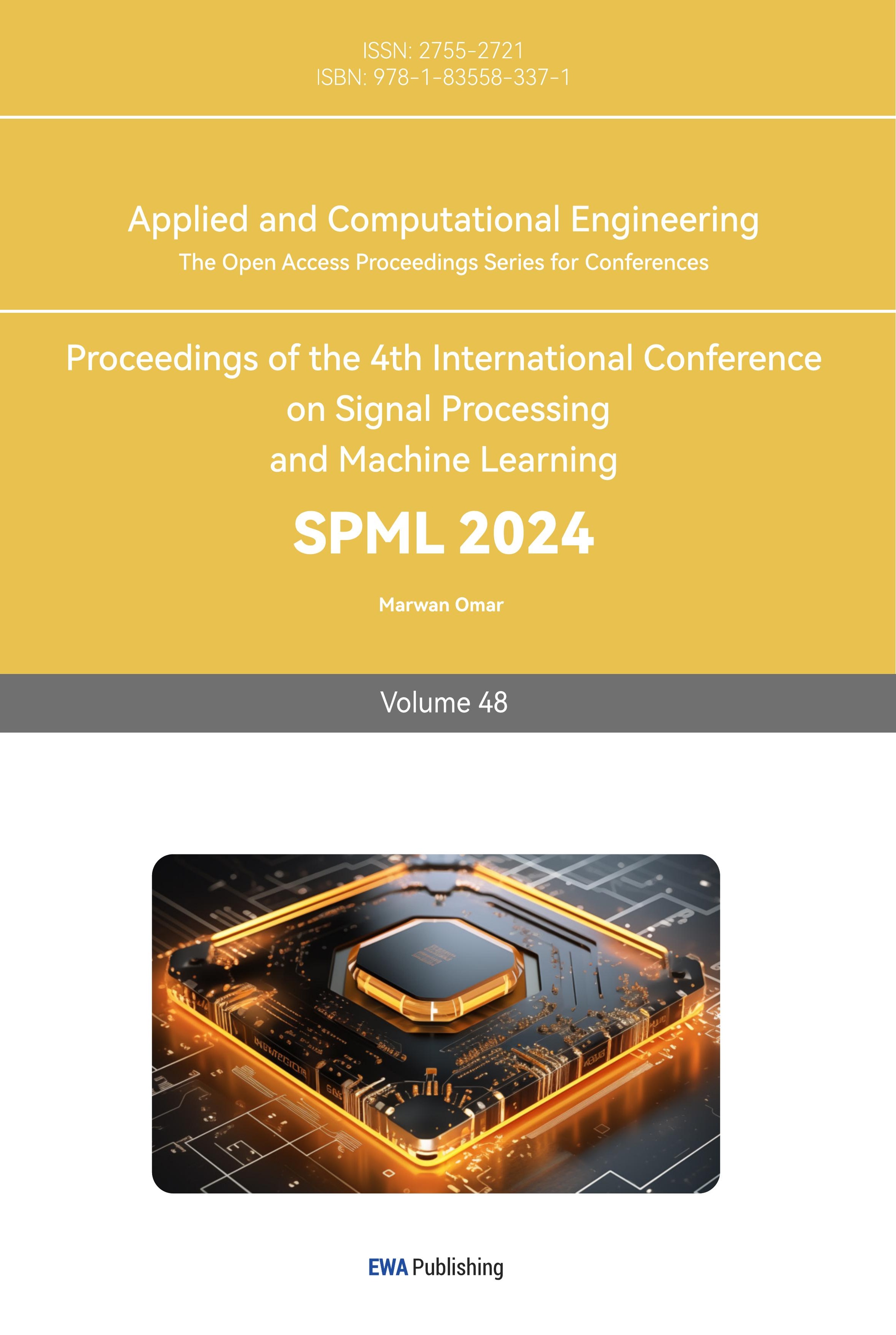1. Introduction
The era of the smartphone has arrived. Mobile phones are becoming increasingly powerful in functionality, people rely on them more than ever before, and people have become inseparable from mobile phones. The price of mobile phones has also had a crucial impact on people's lives, and they are now more inclined to invest in mobile phones with higher cost performance. Therefore, accurate prediction of the price of mobile phones can produce huge benefits for both buyers and sellers.
The prices of mobile phones can be accurately predicted utilizing machine learning algorithms. In this research, linear regression, random forest regressor (RFR), XGB Regressor (XGBoost) and Support Vector Machine regressor (SVM) are used to train a more accurate model. The primary objective of this research is to train the model using these variables in order to identify the model that achieves the highest accuracy in predicting true values and evaluate the model with R-squared evaluation. In the results section, the chart of the differences between the actual price and predicted price of the train set and the test set, the checking residuals chart of the training set, ranking chart of the importance of impact factors and the R-squared evaluation table are drawn.
2. Literature Review
The mobile phone has become an indispensable aspect of human life, and the utilization of appropriate algorithms enables the prediction of mobile phone prices. This not only assists customers in purchasing more cost-effective devices but also serves as a valuable reference for mobile phone manufacturers [1]. In fact, extensive research has been conducted on the prediction of mobile phone prices. It is possible to forecast the price scope of a mobile phone by classifying the many factors that influence it. The machine learning algorithm demonstrates exceptional accuracy in accurately forecasting the price scope of mobile phones [2]. When predicting mobile phone prices, a diverse range of variables related to mobile phones are utilized to optimize the impact factor and achieve a predicted mobile phone price that aligns with real-world observations [3]. Employing supervised machine learning techniques in the domain of machine learning to train models and generate predictions, thereby determining the most suitable algorithm for the given dataset to make phone price predictions [4]. By employing the linear regression methodology to establish a more accurate model for mobile phone price prediction, so that people can better predict the price of mobile phones to choose more cost-effective mobile phones [5]. When employing machine learning techniques for predicting future mobile phone prices, linear regression and XGB Regressor methodologies can be utilized to construct models that enhance the accuracy of mobile phone price predictions [6]. In order to investigate the ranking of impact factors affecting the importance of mobile phone prices, investors can employ the variable influence method in random forest regressor. Additionally, within the context of cooperative games, examining the relative contributions of different variables can enhance the precision in predicting mobile phone prices [7]. The price of a mobile phone can be predicted employing a random forest machine learning technique, which enables parameter pruning in the model and consequently enhances the accuracy and precision of the decision tree, bring benefits for prediction of mobile phone prices [8]. Models were constructed using XGB Regressor and Support Vector Machine methods, utilizing historical data on mobile phone price, which helps to improve the accuracy of predicting mobile phone prices [9]. Due to the lack of available resources for cross-checking phone prices, individuals are unable to make informed decisions when purchasing a mobile phone. Therefore, employing Support Vector Machine as a training model can enhance the accuracy of mobile phone price prediction and purchase more suitable mobile phone [10]. However, current investigations are still limited and does not reach an agreement on the predictions of mobile phone prices. Thus, in-depth investigations are needed.
3. Data
3.1. Dataset
The dataset utilized in this research is sourced from kaggle, including a multitude of factors pertaining to mobile phones. The dataset consists of 161 rows and 14 columns, wherein each row represents a distinct phone model along with its corresponding impact factors on price. The 14 columns are displayed in Table 1.
Table 1. Presentation of the dataset
Column | Description |
1st column | ID of each cellphone |
2nd column | Price of each cellphone |
3rd column | Sales number of each cellphone |
4th column | Weight of each cellphone |
5th column | Resolution of each cellphone |
6th column | Phone Pixel Density of each cellphone |
7th column | Type of CPU core in each cellphone |
8th column | CPU Frequency in each cellphone |
9th column | Internal memory of each cellphone |
10th column | Random Access Memory of each cellphone |
11th column | Number of Rear Cameras of each cellphone |
12th column | Number of Front Cameras of each cellphone |
13th column | Battery Capacity of each cellphone |
14th column | Thickness of each cellphone |
3.2. Data Splitting
Before splitting, it is required to find any missing values and remove such data from the dataset. After data cleaning, basic information is depicted in Table 2. In addition, the train set, and the test set are separated, accounting for 70% and 30% of the total dataset. There are 112 rows of data for the training set and the left 49 rows for the testing set. Training data (112 rows): training model. Testing data (49 rows): testing model.
Table 2. Statistical presentation of variables
Variable | Count | Mean | Std | Min | Max |
Product_id | 161.0 | 675.6 | 410.9 | 10.0 | 1339.0 |
Price | 161.0 | 2215.6 | 768.2 | 614.0 | 4361.0 |
Sale | 161.0 | 621.5 | 1546.6 | 10.0 | 9807.0 |
Weight | 161.0 | 170.4 | 92.9 | 66.0 | 753.0 |
Resolution | 161.0 | 5.2 | 1.5 | 1.4 | 12.2 |
Ppi | 161.0 | 335.1 | 134.8 | 121.0 | 806.0 |
Cpu core | 161.0 | 4.9 | 2.4 | 0.0 | 8.0 |
Cpu freq | 161.0 | 1.5 | 0.6 | 0.0 | 2.7 |
Internal mem | 161.0 | 24.5 | 28.8 | 0.0 | 128.0 |
Ram | 161.0 | 2.2 | 1.6 | 0.0 | 6.0 |
Rearcam | 161.0 | 10.4 | 6.2 | 0.0 | 20.0 |
Front_cam | 161.0 | 4.5 | 4.3 | 0.0 | 20.0 |
battery | 161.0 | 2842.1 | 1367.0 | 800.0 | 9500.0 |
thickness | 161.0 | 8.9 | 2.2 | 5.1 | 18.5 |
3.3. Data Multicollinearity
It is necessary to conduct correlation analysis on the dataset. Through multicollinearity analysis, it is found that the value of the multicollinearity between weight and battery is 0.8, and the value of the multicollinearity between resolution and battery is 0.8, indicating that these two variables are highly correlated with the battery, so this research dropped the weight and resolution, which makes the dataset more representative.
4. Methodology
Among all machine learning methodologies, the linear regression, random forest regressor (RFR), XGB Regressor (XGBoost), and Support Vector Machine regressor (SVM) were selected. These four regression methodologies are utilized for model training to compare the actual price with the predicted price to evaluate the goodness of fit of model. The models are then evaluated using R-squared evaluation to determine the most suitable one for the dataset.
4.1. Linear Regression
Linear regression is a machine learning technique that utilizes mathematical statistics to establish the quantitative correlation among multiple variables. It employs regressor analysis to approximate the connection establishing a linear relationship between a single independent variable and a corresponding dependent variable, known as unitary linear regression analysis. On the other hand, if multiple independent variables are involved in the analysis and there is a direct correlation between the dependent variable and multiple independent variables, it is known as an analysis technique called multiple linear regression. In conclusion, linear regression trains a model based on the given training data and uses this model to make predictions, assuming that the characteristic satisfies the linear relationship. Linear regression plays a fundamental role in statistical modeling [11].
4.2. Random Forest Regressor
The Random Forest Regressor is a machine learning technique that utilizes ensemble learning techniques, a powerful technique in which diverse algorithms or the same algorithm can be combined multiple times to construct an enhanced predictive model. Specifically, random forests amalgamate multiple decision trees, which enhances their collective efficacy. Random forest regressor can also achieve good performance by using larger primary tuning parameter values [12].
4.3. XGB Regressor
The XGB Regressor belongs to the class of Boosting algorithms, which aims to combine multiple weak classifiers into a powerful classifier. As XGB Regressor is based on an ensemble of decision trees, it effectively integrates numerous trees models a strong classifier. The XGB Regressor is acknowledged for its remarkable predictive capability as an algorithm [13].
4.4. Support Vector Machine Regressor
Support Vector Machine regressor is to find the best line or the best hyperplane to classify the data. In a word, finding the classification hyperplane and the maximizing the class spacing to achieve classification. Ultimately, Support Vector Machine regressor becomes an optimization problem of maximizing the interval. The Support Vector Machine Regressor is demonstrated as a valuable tool for multivariate calibration, particularly in cases where outliers and non-linearities are present [14].
4.5. Evaluation Parameters
To assess the goodness of fit of the four models, two evaluation methodologies were employed in this study: R-squared value and mean absolute error (MAE).
5. Experimental results
The dataset for this study comes from kaggle. Four machine learning methodologies are used in this study: linear regression, random forest regressor (RFR), XGB Regressor (XGBoost) and Support Vector Machine regressor (SVM), using training dataset to train models and using testing dataset to predict phone prices. In addition, the importance ranking of the impact factors in random forest regressor is also used to rank the importance of the impact factors affecting the price of mobile phones. The related results are shown in Figures 1-5.
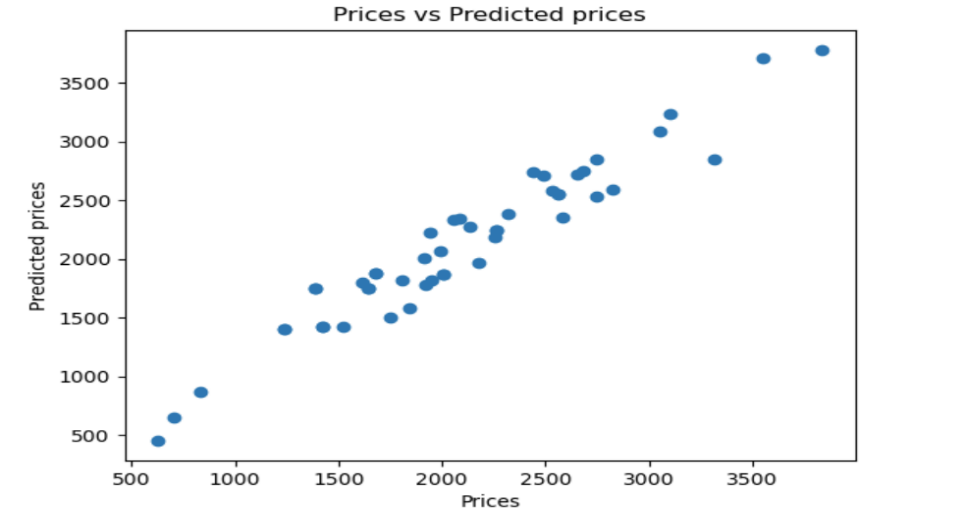
Figure 1. Real price and the forecast price under the linear regression model.
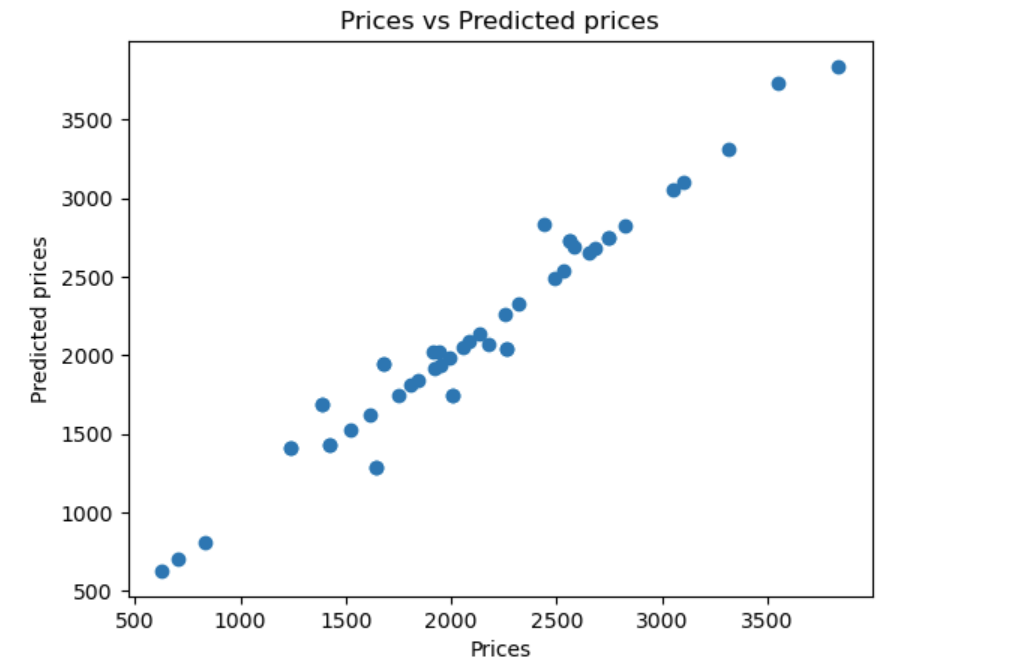
Figure 2. Real price and the forecast price under the random forest regressor model.
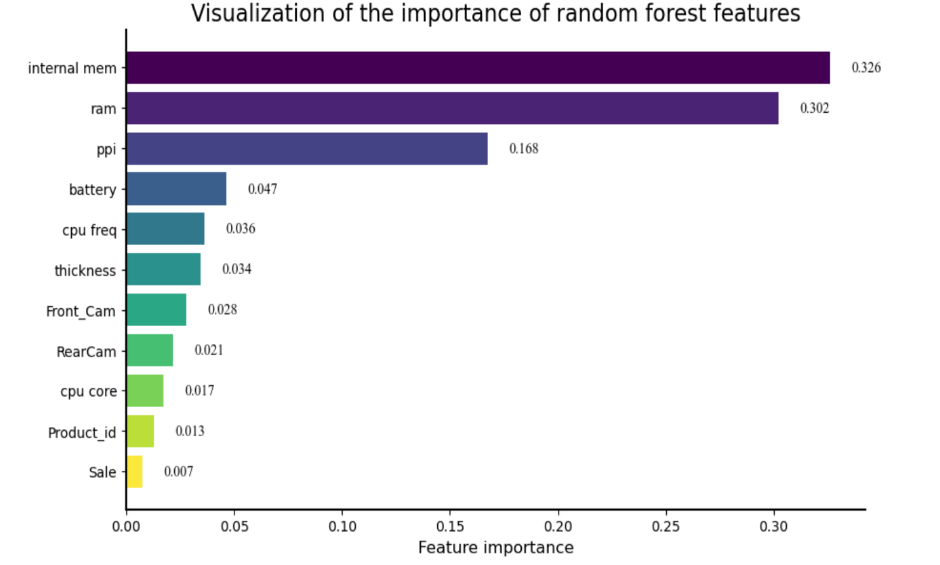
Figure 3. Importance ranking under the random forest regressor model.
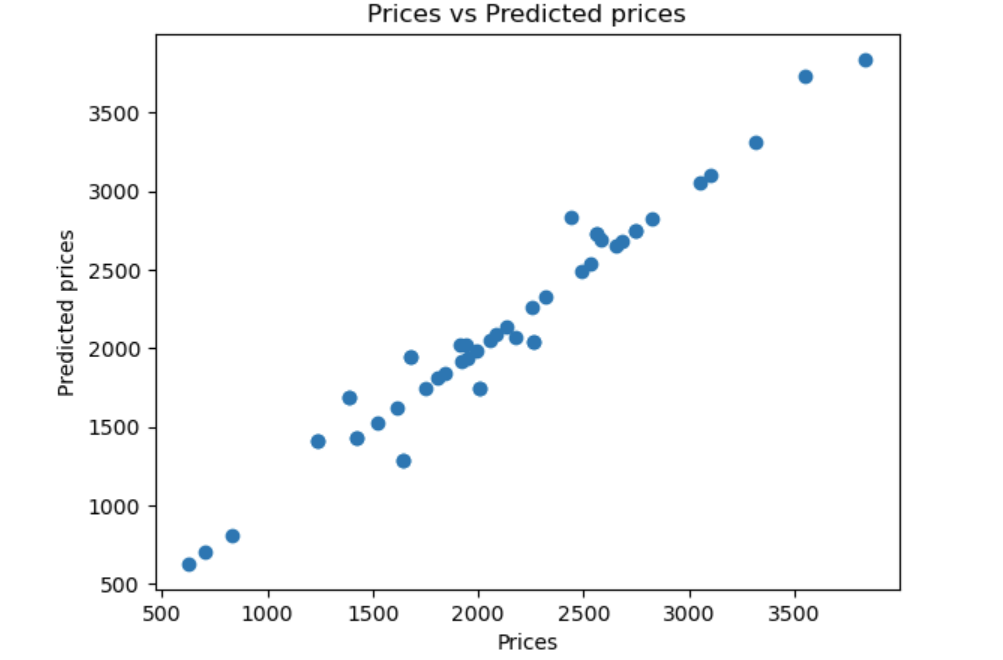
Figure 4. Real price and the forecast price under the XGB Regressor model.

Figure 5. Real price and the forecast price under the Support Vector Machine regressor model.
The following Table 3 shows the comparison between the models. Obviously, the XGBoost performs the best.
Table 3. R-squared comparison between models
Model | R-squared Score |
XGBoost | 0.949136 |
Random Forest | 0.939511 |
Linear Regression | 0.929672 |
Support Vector Machine | 0.767690 |
6. Conclusion
This study uses four regression models, including LR, RFR, XGB Regressor and SVM regressor to train the model of training set, followed by evaluation using R-squared on the testing set. Obviously, XGB Regressor exhibited the highest score (R-squared = 0.95), indicating its superior goodness of fit for this particular dataset than other three regressor methodologies. Furthermore, this it can be concluded that the internal memory is the most significant factor for pricing the mobile phone. However, limitations still exist, for example, more machine and more sophisticated models should be introduced in this field for predicting the prices of mobile phones.
References
[1]. Subhiksha, S., Thota, S., & Sangeetha, J. (2020). Prediction of phone prices using machine learning techniques. In Data Engineering and Communication Technology: Proceedings of 3rd ICDECT-2K19 (pp. 781-789). Springer Singapore.
[2]. Nasser, I. M., & Al-Shawwa, M. (2019). ANN for predicting mobile phone price range. Int J Acad Inf Syst Res (IJAISR), 3(2).
[3]. Chandrashekhara, K. T., Thungamani, M., Gireesh Babu, C. N., & Manjunath, T. N. (2019). Smartphone price prediction in retail industry using machine learning techniques. In Emerging Research in Electronics, Computer Science and Technology: Proceedings of International Conference, ICERECT 2018 (pp. 363-373). Springer Singapore.
[4]. Kiran, A. V., & Jebakumar, R. (2022). Prediction of Mobile Phone Price Class using Supervised Machine Learning Techniques. International Journal of Innovative Science and Research Technology, 7, 248-251.
[5]. Rani, S., Kumar, S., Jain, A., & Swathi, A. (2022, October). Commodities Price Prediction using Various ML Techniques. In 2022 2nd International Conference on Technological Advancements in Computational Sciences (ICTACS) (pp. 277-282). IEEE.
[6]. Fofanah, A. J. (2021). Machine learning model approaches for price prediction in coffee market using linear regression, XGB, and LSTM techniques. International Journal of Scientific Research in Science and Technology, (6).
[7]. Hur, J. H., Ihm, S. Y., & Park, Y. H. (2017). A variable impacts measurement in random forest for mobile cloud computing. Wireless communications and mobile computing, 2017.
[8]. Sakib, A. H., Shakir, A. K., Sutradhar, S., Saleh, M. A., Akram, W., & Biplop, K. B. M. B. (2022, January). A hybrid model for predicting Mobile Price Range using machine learning techniques. In 2022 The 8th International Conference on Computing and Data Engineering (pp. 86-91).
[9]. Jose, J., Raj, V., Seaban, S. V., & Jose, D. V. (2023, February). Machine Learning Algorithms for Prediction of Mobile Phone Prices. In International Conference On Innovative Computing And Communication (pp. 81-89). Singapore: Springer Nature Singapore.
[10]. Kalaivani, K. S., Priyadharshini, N., Nivedhashri, S., & Nandhini, R. (2021, November). Predicting the price range of mobile phones using machine learning techniques. In AIP Conference Proceedings (Vol. 2387, No. 1). AIP Publishing.
[11]. Su, X., Yan, X., & Tsai, C. L. (2012). Linear regression. Wiley Interdisciplinary Reviews: Computational Statistics, 4(3), 275-294.
[12]. Segal, M. R. (2004). Machine learning benchmarks and random forest regression.
[13]. Pesantez-Narvaez, J., Guillen, M., & Alcañiz, M. (2019). Predicting motor insurance claims using telematics data—XGBoost versus logistic regression. Risks, 7(2), 70.
[14]. Brereton, R. G., & Lloyd, G. R. (2010). Support vector machines for classification and regression. Analyst, 135(2), 230-267.
Cite this article
Liang,Q. (2024). Mobile phone price prediction: A comparative study among four models. Applied and Computational Engineering,48,212-218.
Data availability
The datasets used and/or analyzed during the current study will be available from the authors upon reasonable request.
Disclaimer/Publisher's Note
The statements, opinions and data contained in all publications are solely those of the individual author(s) and contributor(s) and not of EWA Publishing and/or the editor(s). EWA Publishing and/or the editor(s) disclaim responsibility for any injury to people or property resulting from any ideas, methods, instructions or products referred to in the content.
About volume
Volume title: Proceedings of the 4th International Conference on Signal Processing and Machine Learning
© 2024 by the author(s). Licensee EWA Publishing, Oxford, UK. This article is an open access article distributed under the terms and
conditions of the Creative Commons Attribution (CC BY) license. Authors who
publish this series agree to the following terms:
1. Authors retain copyright and grant the series right of first publication with the work simultaneously licensed under a Creative Commons
Attribution License that allows others to share the work with an acknowledgment of the work's authorship and initial publication in this
series.
2. Authors are able to enter into separate, additional contractual arrangements for the non-exclusive distribution of the series's published
version of the work (e.g., post it to an institutional repository or publish it in a book), with an acknowledgment of its initial
publication in this series.
3. Authors are permitted and encouraged to post their work online (e.g., in institutional repositories or on their website) prior to and
during the submission process, as it can lead to productive exchanges, as well as earlier and greater citation of published work (See
Open access policy for details).
References
[1]. Subhiksha, S., Thota, S., & Sangeetha, J. (2020). Prediction of phone prices using machine learning techniques. In Data Engineering and Communication Technology: Proceedings of 3rd ICDECT-2K19 (pp. 781-789). Springer Singapore.
[2]. Nasser, I. M., & Al-Shawwa, M. (2019). ANN for predicting mobile phone price range. Int J Acad Inf Syst Res (IJAISR), 3(2).
[3]. Chandrashekhara, K. T., Thungamani, M., Gireesh Babu, C. N., & Manjunath, T. N. (2019). Smartphone price prediction in retail industry using machine learning techniques. In Emerging Research in Electronics, Computer Science and Technology: Proceedings of International Conference, ICERECT 2018 (pp. 363-373). Springer Singapore.
[4]. Kiran, A. V., & Jebakumar, R. (2022). Prediction of Mobile Phone Price Class using Supervised Machine Learning Techniques. International Journal of Innovative Science and Research Technology, 7, 248-251.
[5]. Rani, S., Kumar, S., Jain, A., & Swathi, A. (2022, October). Commodities Price Prediction using Various ML Techniques. In 2022 2nd International Conference on Technological Advancements in Computational Sciences (ICTACS) (pp. 277-282). IEEE.
[6]. Fofanah, A. J. (2021). Machine learning model approaches for price prediction in coffee market using linear regression, XGB, and LSTM techniques. International Journal of Scientific Research in Science and Technology, (6).
[7]. Hur, J. H., Ihm, S. Y., & Park, Y. H. (2017). A variable impacts measurement in random forest for mobile cloud computing. Wireless communications and mobile computing, 2017.
[8]. Sakib, A. H., Shakir, A. K., Sutradhar, S., Saleh, M. A., Akram, W., & Biplop, K. B. M. B. (2022, January). A hybrid model for predicting Mobile Price Range using machine learning techniques. In 2022 The 8th International Conference on Computing and Data Engineering (pp. 86-91).
[9]. Jose, J., Raj, V., Seaban, S. V., & Jose, D. V. (2023, February). Machine Learning Algorithms for Prediction of Mobile Phone Prices. In International Conference On Innovative Computing And Communication (pp. 81-89). Singapore: Springer Nature Singapore.
[10]. Kalaivani, K. S., Priyadharshini, N., Nivedhashri, S., & Nandhini, R. (2021, November). Predicting the price range of mobile phones using machine learning techniques. In AIP Conference Proceedings (Vol. 2387, No. 1). AIP Publishing.
[11]. Su, X., Yan, X., & Tsai, C. L. (2012). Linear regression. Wiley Interdisciplinary Reviews: Computational Statistics, 4(3), 275-294.
[12]. Segal, M. R. (2004). Machine learning benchmarks and random forest regression.
[13]. Pesantez-Narvaez, J., Guillen, M., & Alcañiz, M. (2019). Predicting motor insurance claims using telematics data—XGBoost versus logistic regression. Risks, 7(2), 70.
[14]. Brereton, R. G., & Lloyd, G. R. (2010). Support vector machines for classification and regression. Analyst, 135(2), 230-267.





